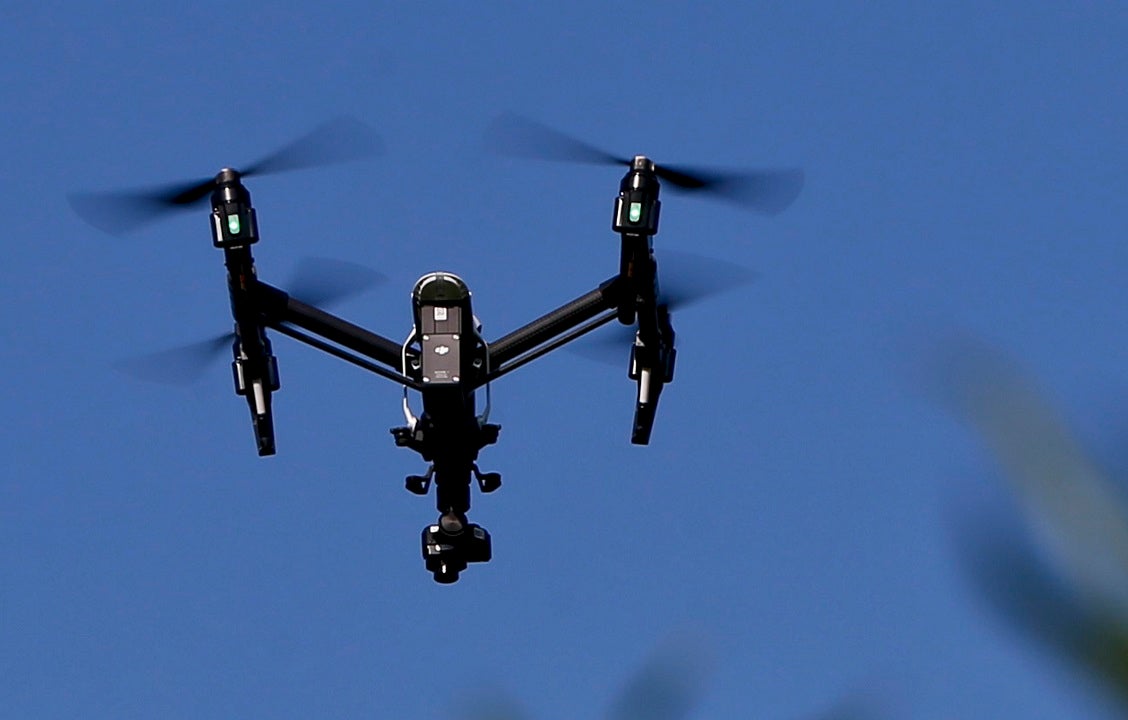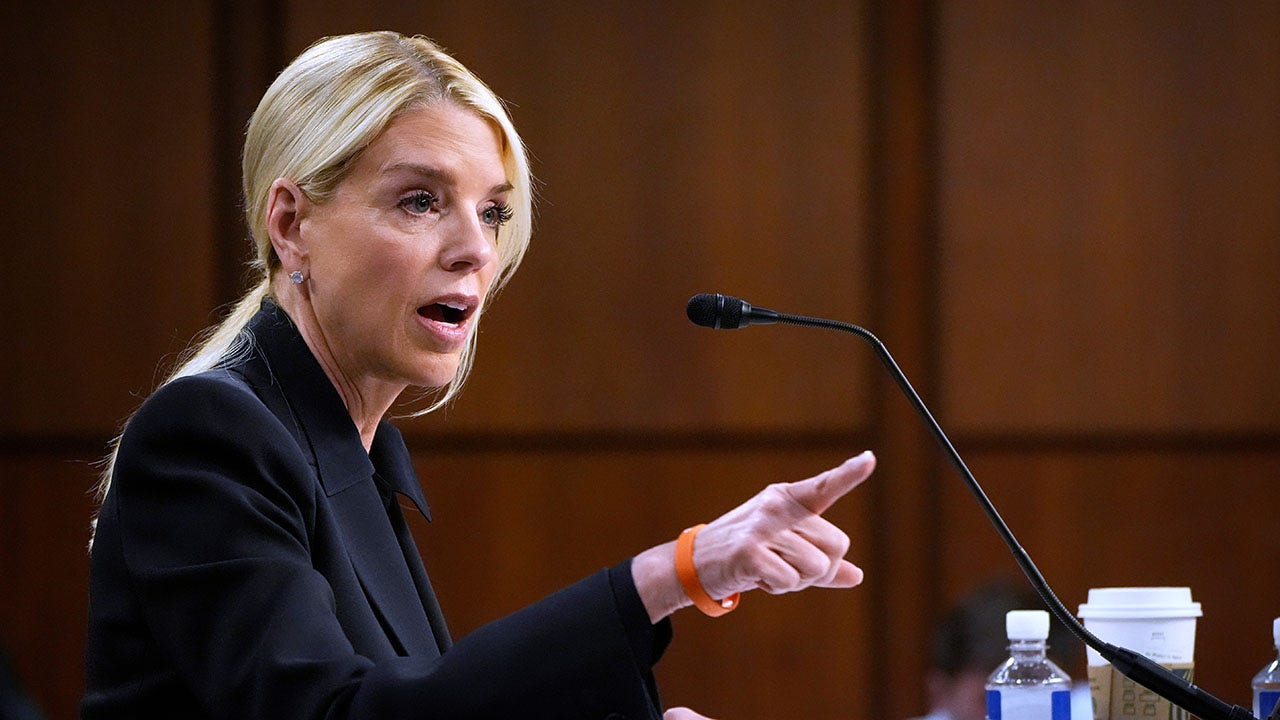Military base drone incursions prompt House Republicans to demand action

House Republicans are taking action to address the increasing threat of unauthorized drone incursions on U.S. military installations. In a letter sent by the Subcommittee on Military and Foreign Affairs, details were demanded from the Departments of Defense (DoD), Transportation (DOT), and Justice (DOJ) regarding the response to drone incursions.
The letter highlighted that in 2024 alone, there were 350 drone incursions at over 100 U.S. military bases. Lawmakers expressed concerns about the inadequate and fragmented responses to these illegal incursions, citing an incident where drones flew over Langley Air Force Base for over two weeks in December 2023.
Current rules require base commanders to establish “hostile intent” before taking action against drones, a threshold that lawmakers believe is not suitable for the fast-moving and ambiguous nature of drone threats. Coordination between military installations, the DOJ, Federal Aviation Administration (FAA), and local law enforcement was described as “improvised and bureaucratically delayed,” leaving gaps that adversaries could exploit.
To address these issues, Republicans requested documents by July 10, including interagency policies on drone detection and mitigation, a list of protected facilities, communications on drone threats, incident reports, legal framework reviews, and plans for a joint task force on counter-drone coordination.
The threat of drones has been highlighted in recent conflicts, such as the war between Russia and Ukraine, where drones have been used with deadly effect. The evolving capabilities of drones have transformed warfare, with drones being used for surveillance, precision strikes, and even as “kamikaze drones” in battle.
The letter from House Republicans emphasizes the need for a unified and proactive response to the drone threat, calling for better data sharing and resource allocation between agencies. As drone warfare continues to evolve, it is crucial for government agencies to work together to address the growing security challenges posed by drones.
In conclusion, the push for legislative reform and operational clarity in response to drone threats is essential to safeguard national security. By addressing the gaps in current policies and improving coordination between agencies, the U.S. can better protect its military installations from unauthorized drone incursions.




